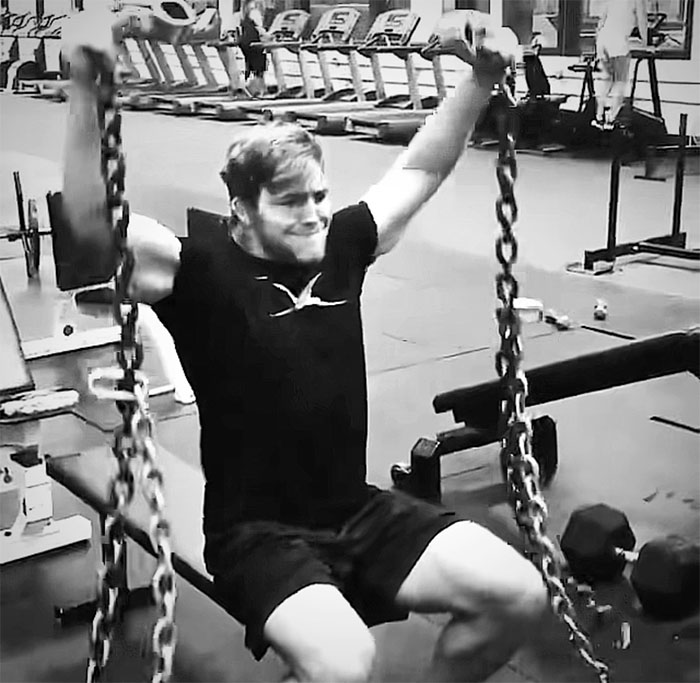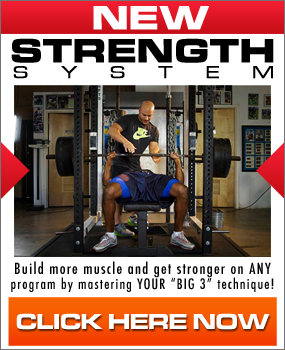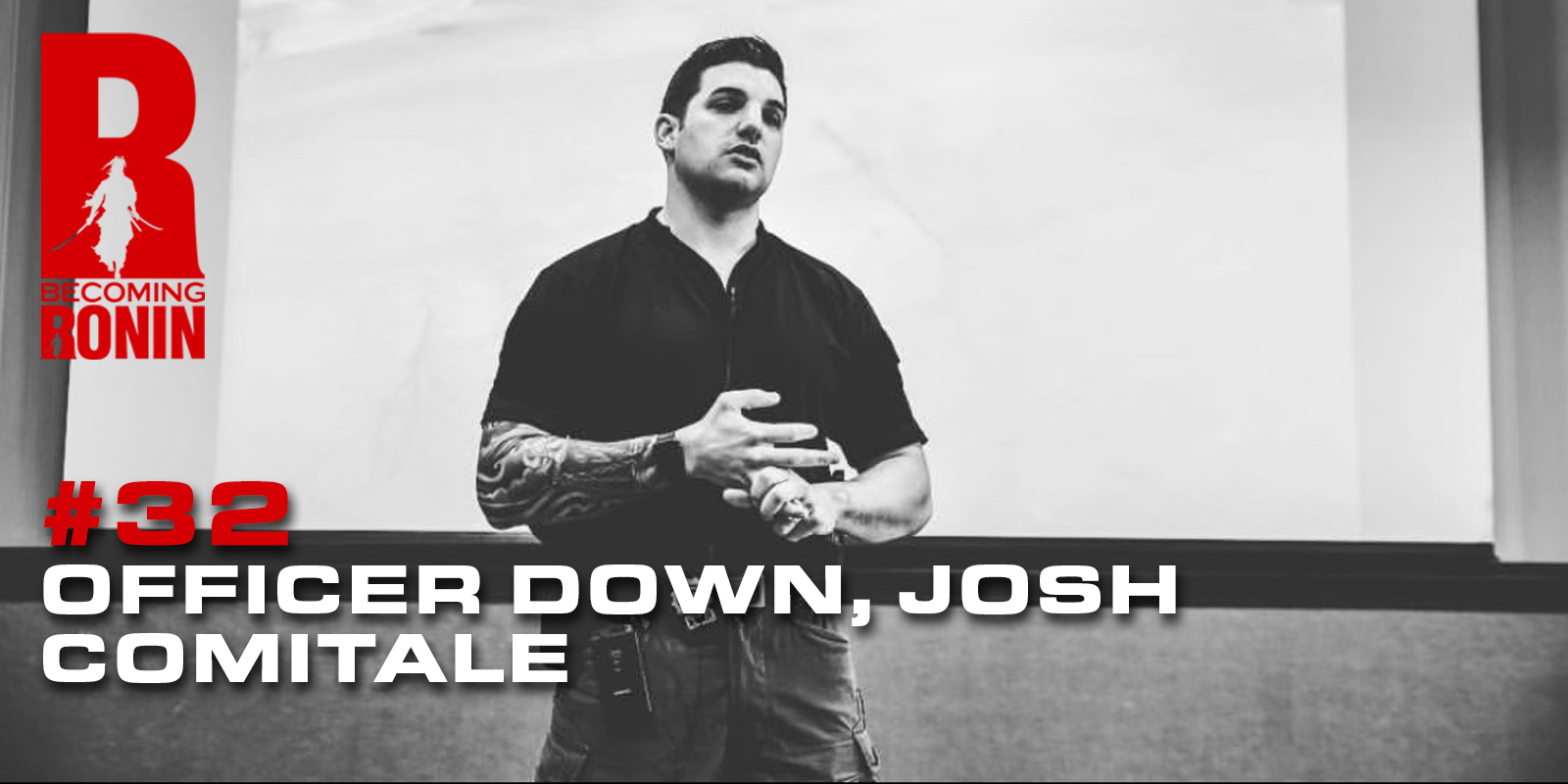3 Simple Steps to Fix Your Hips – Improve Your Movement

3 Simple Steps to Fix Your Hips – Improve Your Movement
Today we’re going to look at a simple progression for our soft-tissue work in support of optimal posture, positioning and muscular balance of the hips.
We cannot undermine the importance of properly functioning hips when we talk about movement. Predictable patterns of dysfunction, such as Janda’s Lower Cross Syndrome, in addition to restricted fascia, injuries, poor movement patterns and inefficient breathing – all can have a devastating effect on how well we perform in and out of the gym.
Because my current passion is trying to learn everything I can about how soft-tissue reacts to training, the roll of fascia has been at the forefront of my discovery. The old-school thought has been that fascia is just this white “stuff” that surrounds our muscles and plays an inactive roll in performance. The works of Schleip, Myers, Dalton, Muller et al. have changed this view and revolutionized how we now think about fascia.
The latest research on fascia has shown that it is alive with activity and of the utmost importance for our performance. Fascia envelopes everything in our body and is integrated into all movement. It provides support and structure, which is why Myers (2009) calls it the “organ of form.” It is comprised of 4 types of mechnoreceptors and smooth muscle cells contributing to joint stability and pre-movement tensioning. (Schleip 2003)
The quality and extensibility of the fascia is critical to movement as well. Inflammation due to overuse patterns, lack of activity, poor hydration and injuries can cause more connective tissue to be laid down and scar tissue to be formed. The thicker fascia can lose its elastic properties and move toward more collagen-like rigidness – further restricting movement.
Fortunately, a good warm-up attacks the fascia two ways;
1. The self-myofascial release (SMR) improves the quality and extensibility of the fascia by softening adhesions (scar tissue) and improves the resting tone of the fascia. (Schleip 2003) The key note here is that the pressure must be slow and deliberate. So rolling really fast on the foam roller because it hurts, isn’t going to cut it. You must take your time and remember to breathe!
2. The dynamic mobility movements improve the elasticity of the fascia and promote hydration. (Schleip 2003) Fully body movements targeting a three-dimensional approach are best and will provide the best adaptations. The better the movement profile, the better proprioception and control you will establish.
A Quick Hip Fix
In this video you’ll see how you can introduce more tension to the movement, thereby increasing the subsequent relaxation of the myofascia. Of course adaptation occurs over time, not after one session. But, we can focus on high impact strategies to accelerate our adaptations.
Here is the 3-step routine:
Step 1: SMR (with increased tension)
Setting up in the rear foot elevated hip flexor stretch, we put the shortened structures on tension and hit them with a powerful massage with The Stick.
Step 2: Mobilize (with neutral tension)
We scour the joint while we focus on neutral posture and proper diaphragmatic breathing.
Step 3: Activate (on both sides)
To finish the routine, we activate on both sides of the joint. Most trainers focus on the glutes when neutral posture at the hips is lost and they forget about the hip flexors. Just because they’re overactive and tight, doesn’t mean they are strong. You must work to balance the forces and musculature surrounding the hips.
Spending more time on your pre-workout and post-training recovery means has never been more important. The newly defined roll of fascia as it applies to movement and strength training has revolutionized our program here at Diesel Strength. I hope this article provides you with more insight on the topic and encourages you to continue learning more about how integral the quality of the myofascia is to performance.
References:
Dalton E. et al. Dynamic Body. Freedom from Pain Institute. 2011.
Myers, T. Anatomy Trains. Elsevier Limited. 2009.
Schleip R. Fascial Plasticity: A new neurobiological explanation part 1. Journal of Bodywork and Movement Therapies 2003; 7(1): 11-19.
By Smitty on February 6th, 2012
FREE DIESEL NEWSLETTER
- Discover Pain Free, Joint-Friendly Training
- Get Super Effective Workouts and Programs
- Inspirational Life Lessons Each Week
- Effective Habits For Busy Entrepreneurs

















Admittedly I’m not a big fan of foam-rolling, but I do respect the fact that as a proponent of it you are always studying and learning safer and more effective ways to apply it (rather than just “doing what everyone else does”). You were one of the first strength and fitness experts I started following online, and all these years later you continue to be on the cutting edge of your game Smitty. Thanks alot and keep it up!
It’s been a long time brother. I appreciate your support over the years.
Good stuff I’m dealing with tight / locked up hips right now.
Thanks for check it out Ted.
Smitty,
Thanks for being here. I learn a lot from you. I’m 55 years old and want to stay in shape. I’m the father of three daughters. I want the young bulls to realize this old bull still has horns. LOL. Appreciate your work.
Nomo1956/Bruce
Thanks brother.
Extremely useful info, as I these are common issues I see with my general population clients. Thanks for also adding the research behind these methods as well.
Thanks Brenton.
Great stuff Smitty! A lot of my clients have been asking about hip mobility lately, and this is the answer I have been searching for. Thanks for the great info.
Thanks Paul.
Man, you always post awsome stuff for free. Thanks a ton
You got it bro.
Great info good read
Smitty, SMR has been a life saver for me. 47 years young but the accumulation of the “indiscretions of my youth” really put me in pain. I learned about SMR from you with the purchase of AMD about a year ago. I use foam roller, a Kong(from my dog’s toys), a Softball, a medicine ball and a piece of 1″ PVC pipe to get to all my areas.
Thanks for all the great info and videos. They really do help. I, like a lot of people are visual so it really helps to see and read.
Thanks for the great information Smitty keep up the great work! I’m dealing with a minor back injury and have been using you back rehab protocol, it has helped me a ton. i added some of these drills into my routine and have seen good results.
Thanks a lot for all the help!
Nice video, thanks. Link below is an interesting take on another method of glute activation.
http://www.mikereinold.com/2012/01/kneeling-hip-thrust.html?utm_source=feedburner&utm_medium=feed&utm_campaign=Feed%3A+Mikereinold+%28MikeReinold.com%29
Great post. My girlfriend suffers with really bad joints in her lower limbs and I think all of the above is worth a try. I’ll get back to you and let you know how she gets on.